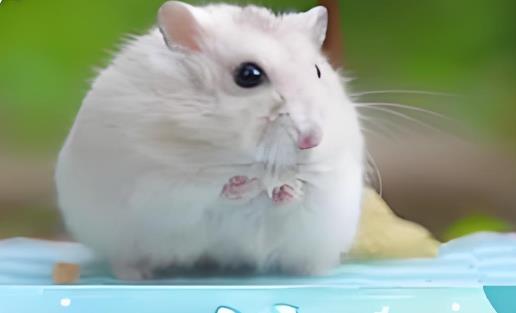Here’s a detailed analysis of hamster lifespan, covering breed differences, influencing factors, and scientific care recommendations:

1. Base Lifespan Ranges
Average Lifespan
Most hamsters live 2–3 years, with a few individuals reaching 3–4 years under ideal conditions.
Breed Variations:
Dwarf species (Campbell’s, Winter White): 1.5–2.5 years.
Syrian hamsters (Golden Bears): 2.5–3.5 years.
Roborovski hamsters (Dwarf Desert Hamsters): 3–4 years.
Gender & Breeding Impact
Male hamsters generally outlive females.
Female hamsters that have given birth lose ~3 months of lifespan per litter.
2. Key Factors Affecting Lifespan
Habitat Conditions
Space: Cages should be at least 47 cm long, equipped with an exercise wheel and hides.
Temperature & Humidity: Maintain 18–26°C and 40%–60% humidity; avoid extreme temperatures.
Diet & Health
Staple Diet: Focus on specialized hamster food, supplemented with small amounts of veggies (e.g., carrots, cucumbers).
Toxic Foods: Avoid high-sugar/salt human snacks, chocolate, and other poisonous items.
Water: Replace cooled boiled water daily; never use tap water.
Behavioral Management
Solitary Housing: Cage-mixing leads to fatal fights.
Stress Control: Minimize frequent disturbances or forceful handling.
3. Scientific Tips for Extending Lifespan
Geriatric Care
After 1.5 years, provide soft foods, warm bedding, and a quiet environment.
Disease Prevention
Monitor appetite and stool regularly; seek vet care for abnormalities.
Avoid dusty bedding to reduce respiratory infection risks.
4. Common Myths & Risks
Novice Mistakes
Small cages, monotonous diets, and contaminated water often cause death within 1 month.
Commercial Breeding Issues
Poor breeding practices in some stores lead to weak constitutions and low survival rates.
Scientific care can help hamsters approach their maximum lifespan potential.
